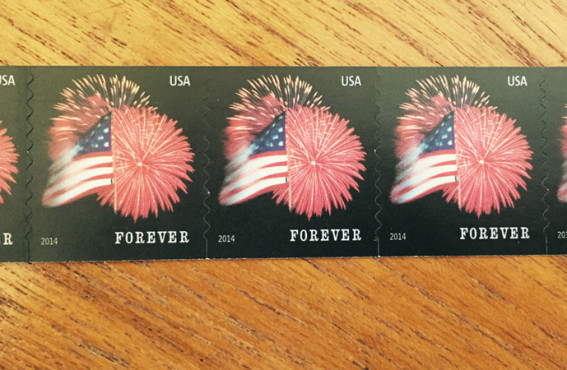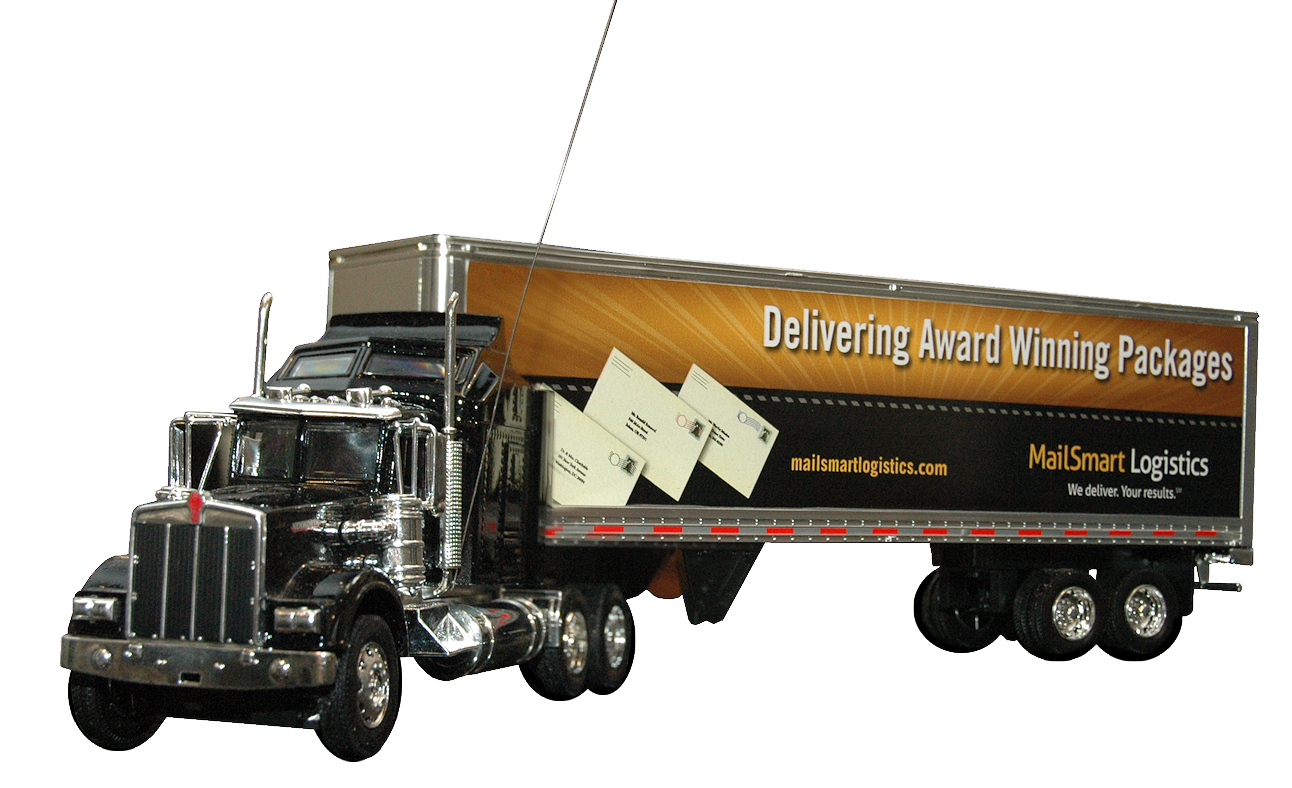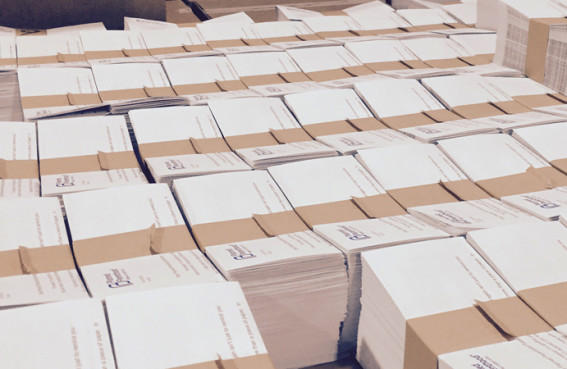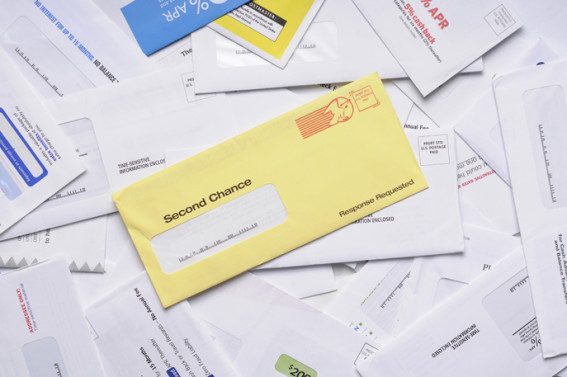As you’re browsing the Internet, you can easily get the impression that the bulk of nonprofit fundraising occurs online. Here are some recent high-ranking articles:
- How the Internet is changing the way non-profits raise money
- #GivingTuesday 2015 online donations up 52% compared to 2014
- Facebook launches new fundraising tool for non-profits
- How to use crowd-funding sites to raise money for your non-profit
However, the facts are very different. While online giving continues to grow at a rapid pace, Blackbaud’s 2015 Charitable Giving Report found that it accounted for only 7.1% of overall nonprofit fundraising revenue (excluding grants) in 2015. While major gifts, fundraising events and phone solicitation are all important, direct mail still accounts for the majority of all donations at most organizations.
The critical importance of direct mail was reinforced for the American Cancer Society when they halted their direct mail acquisition program in 2013 during a strategic restructuring. Not only did the number of new donors decline by 11 percent, but new donor revenue dropped by $11.3 million for the year. And because many donors contribute for multiple years, their one-year hiatus was projected to cost them $29.5 million in revenues over a 5-year period.
It’s easy to get caught up in the excitement of using the newest online technologies. And you should! But don’t shortchange the direct mail newsletters and solicitations that will most likely bring in the bulk of your donations for years to come.
MailSmart Logistics provides worry-free shipping at remarkably-low postal rates –
You’re going to love working with MailSmart Logistics!

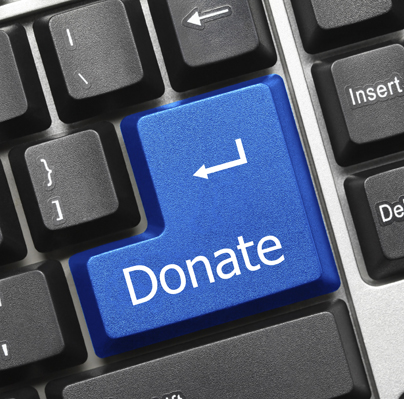


 Will we really see postal rate reductions?
Will we really see postal rate reductions?



